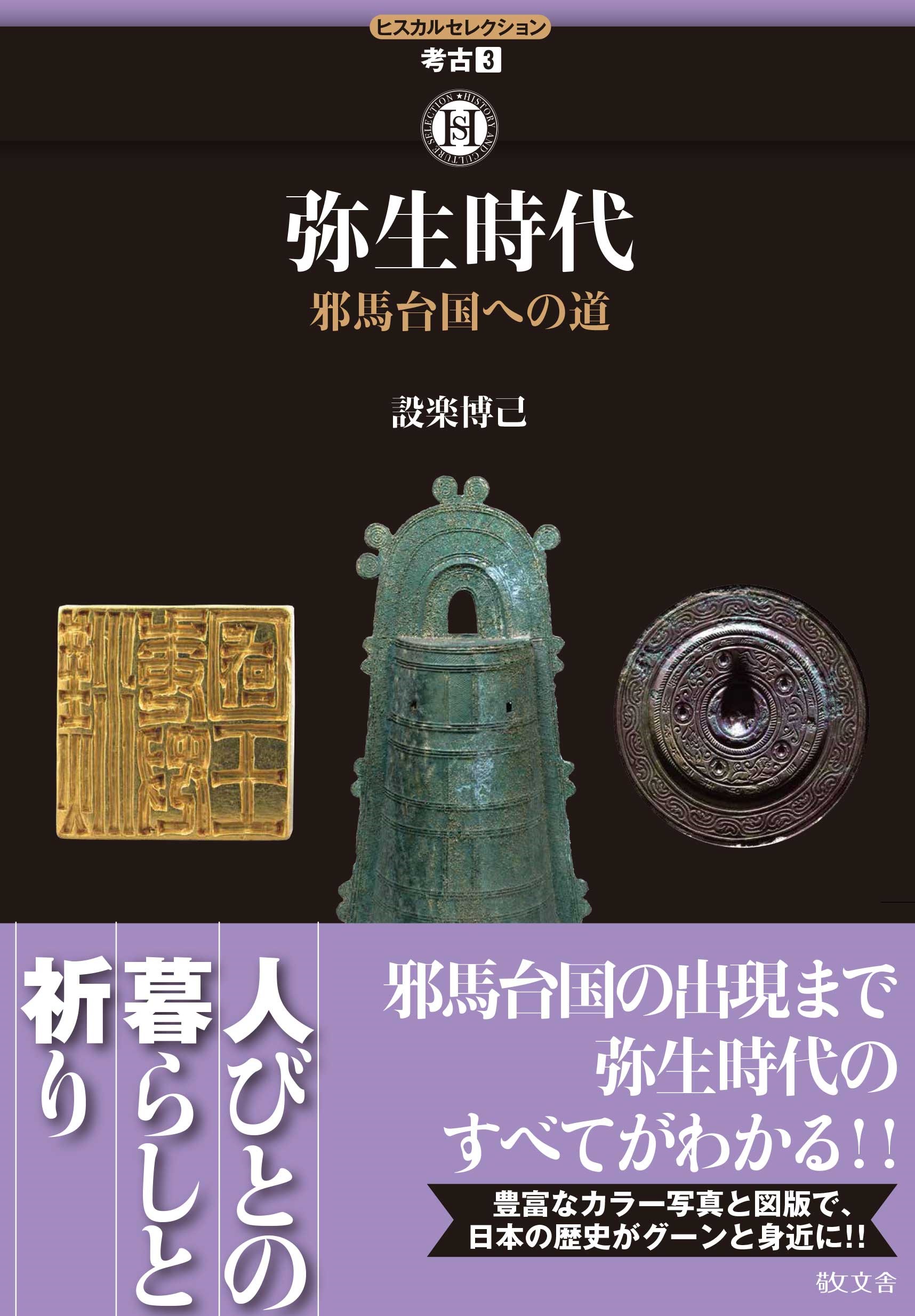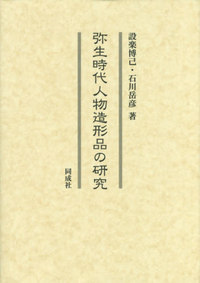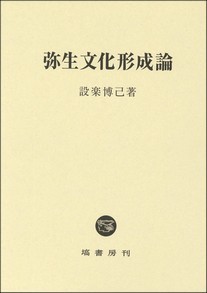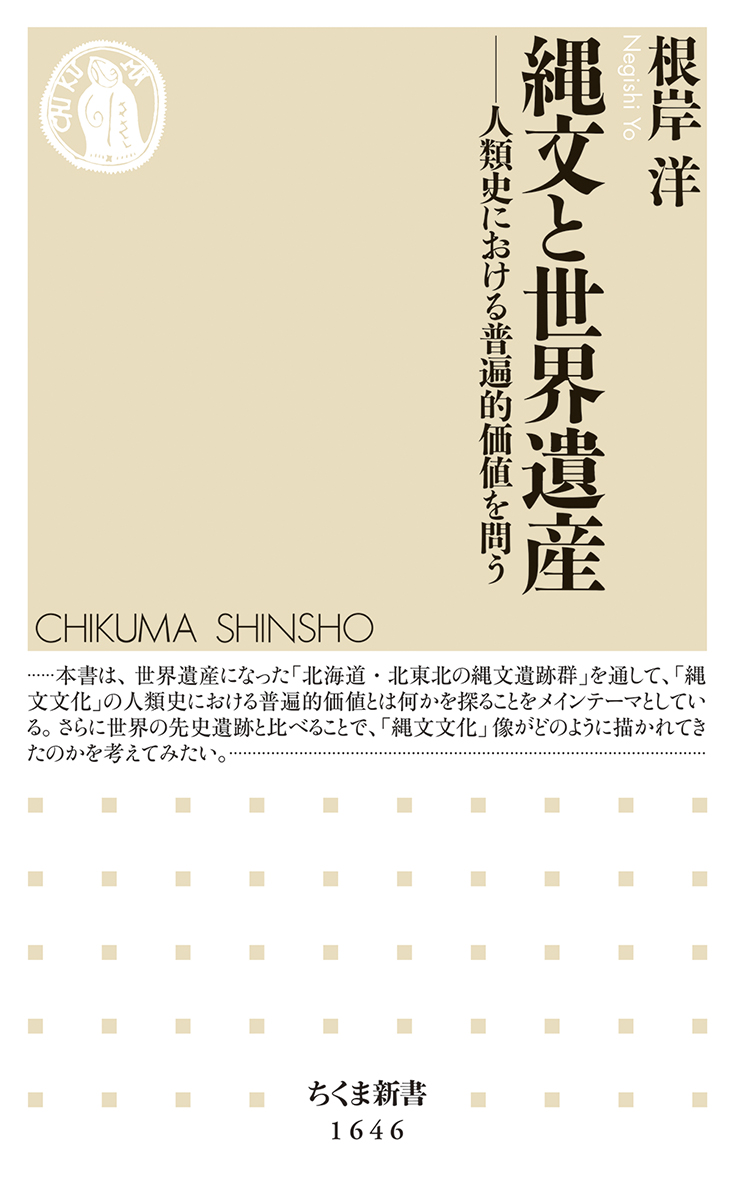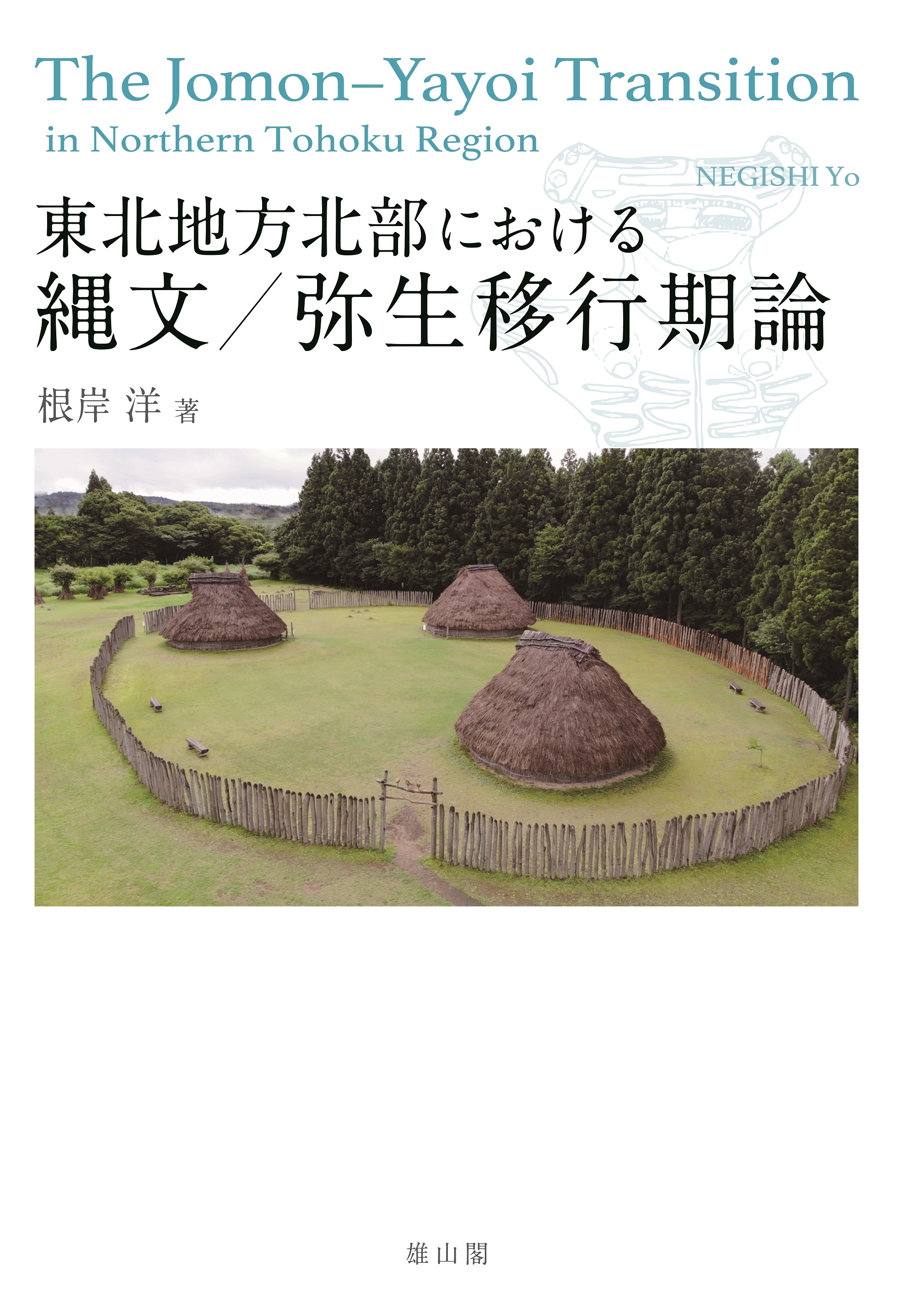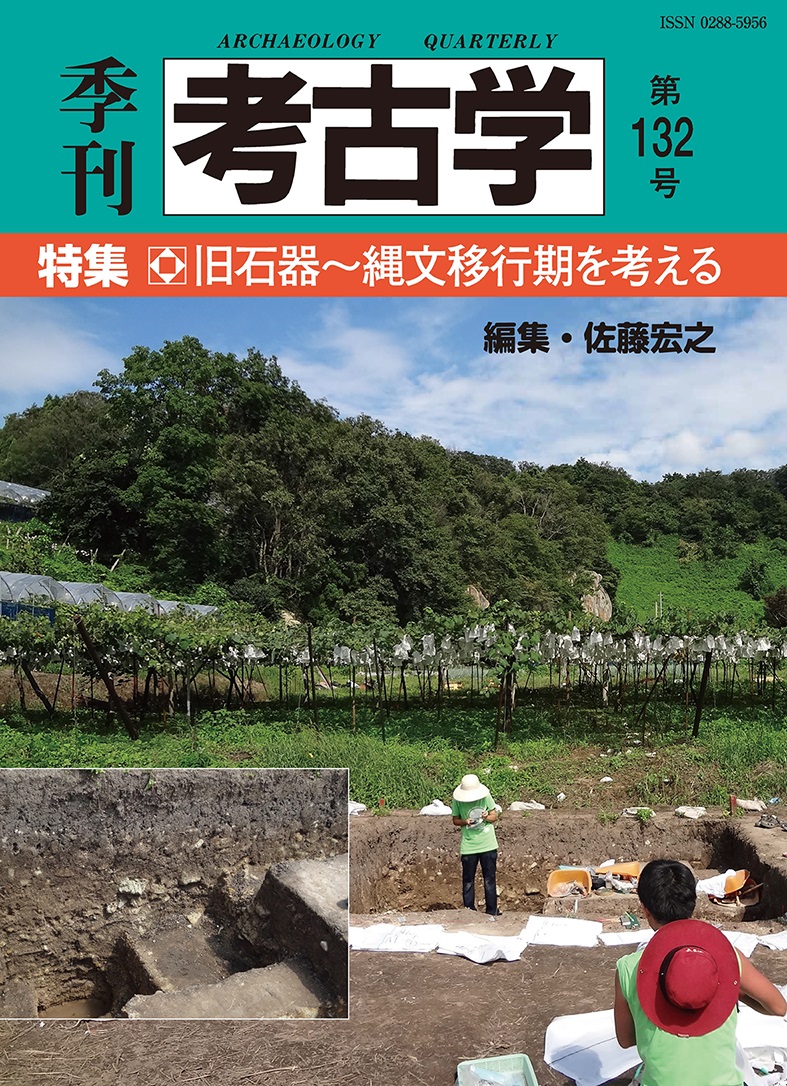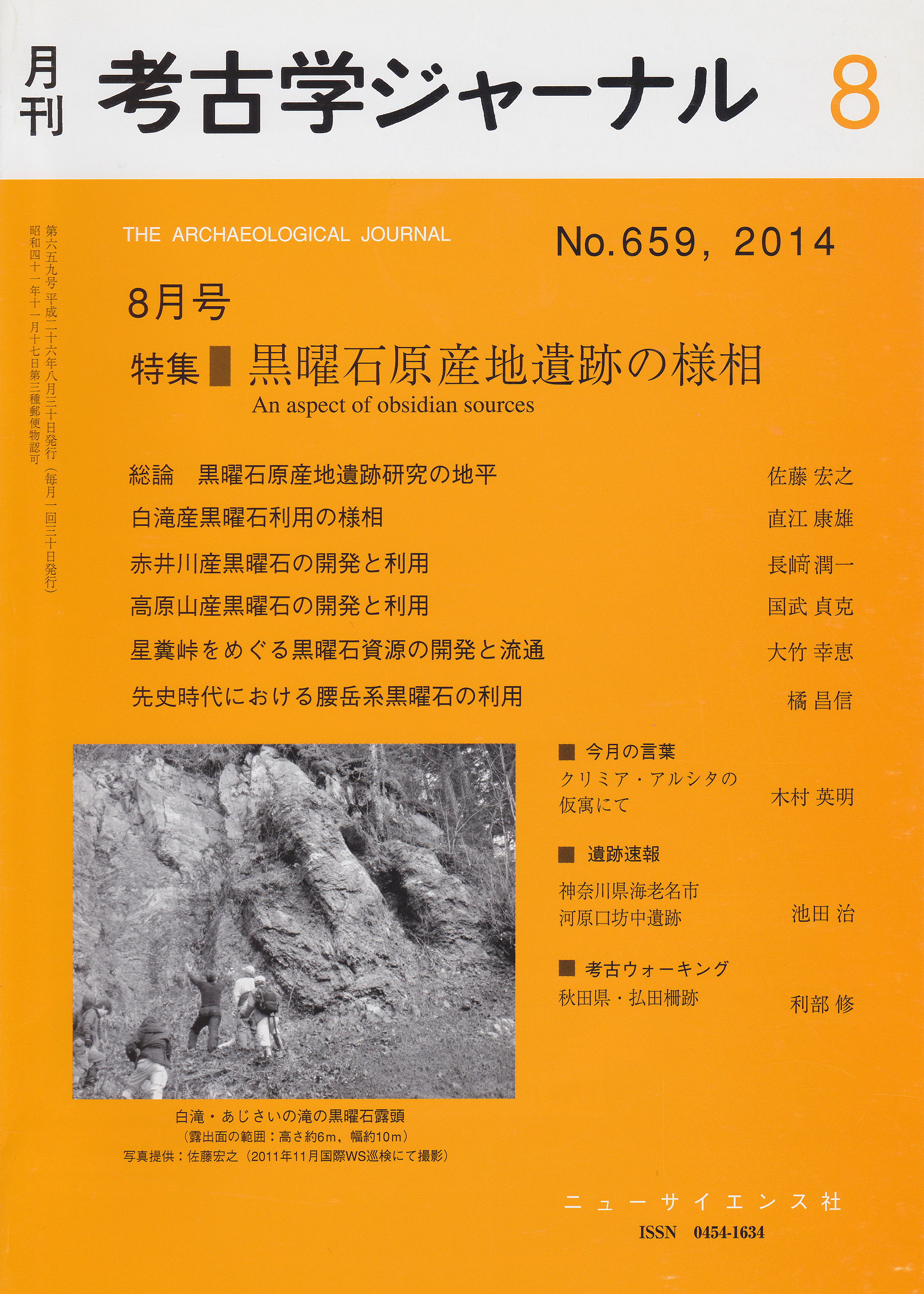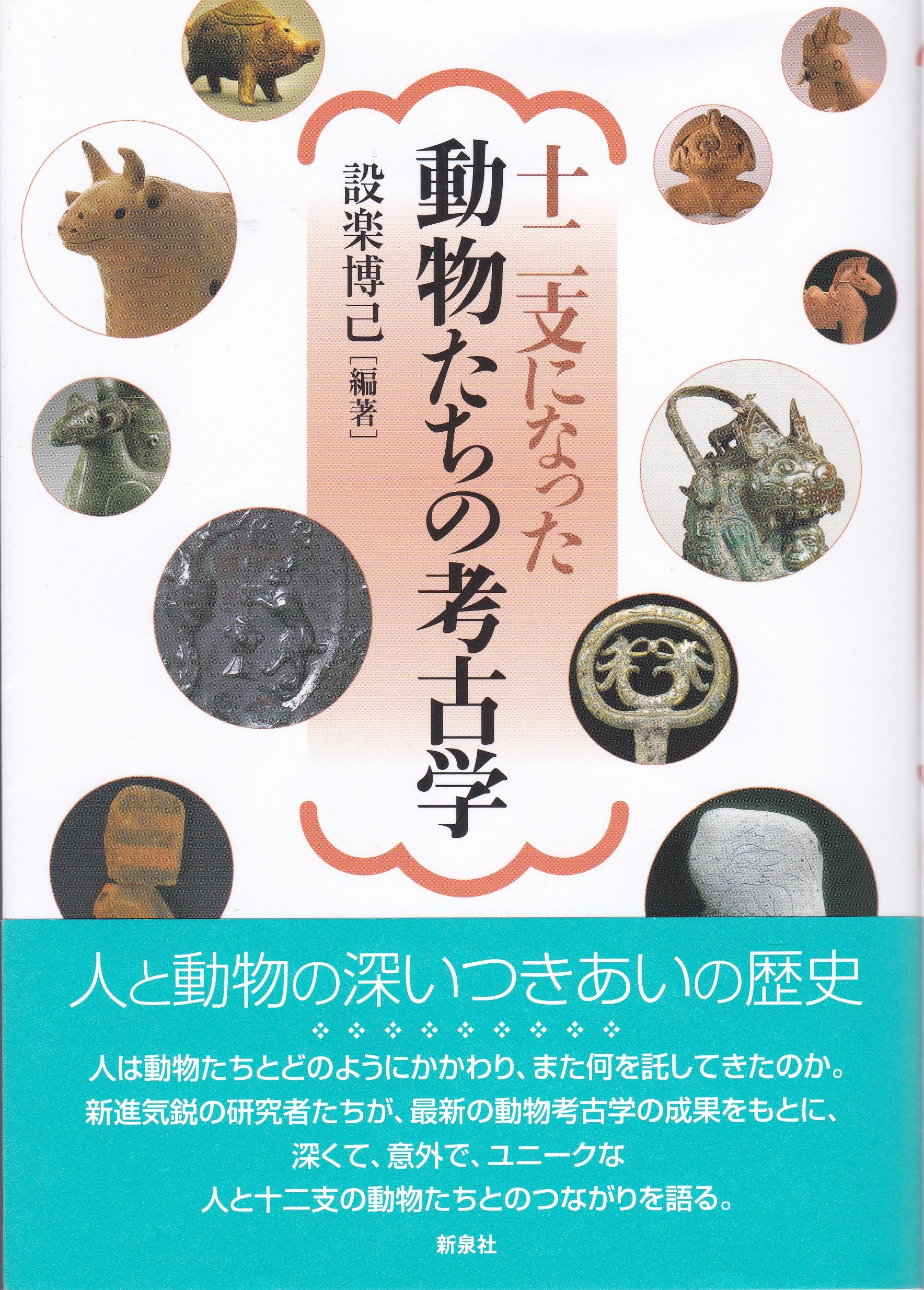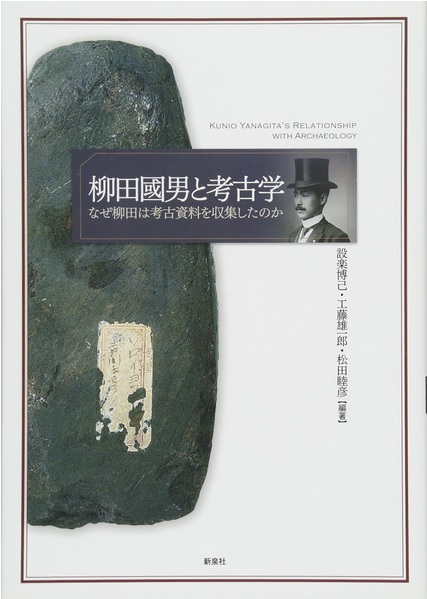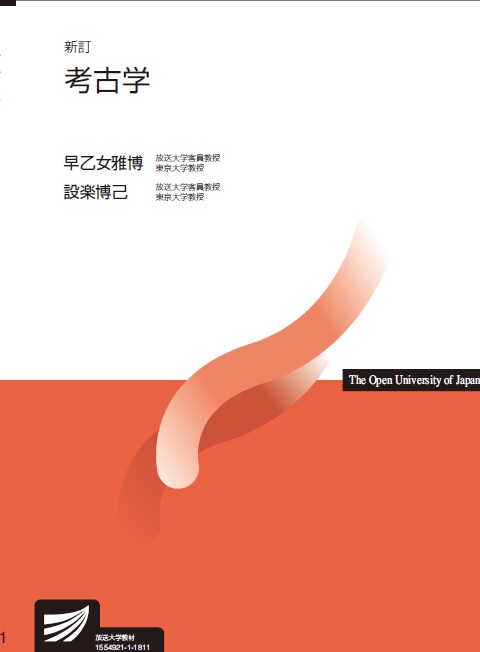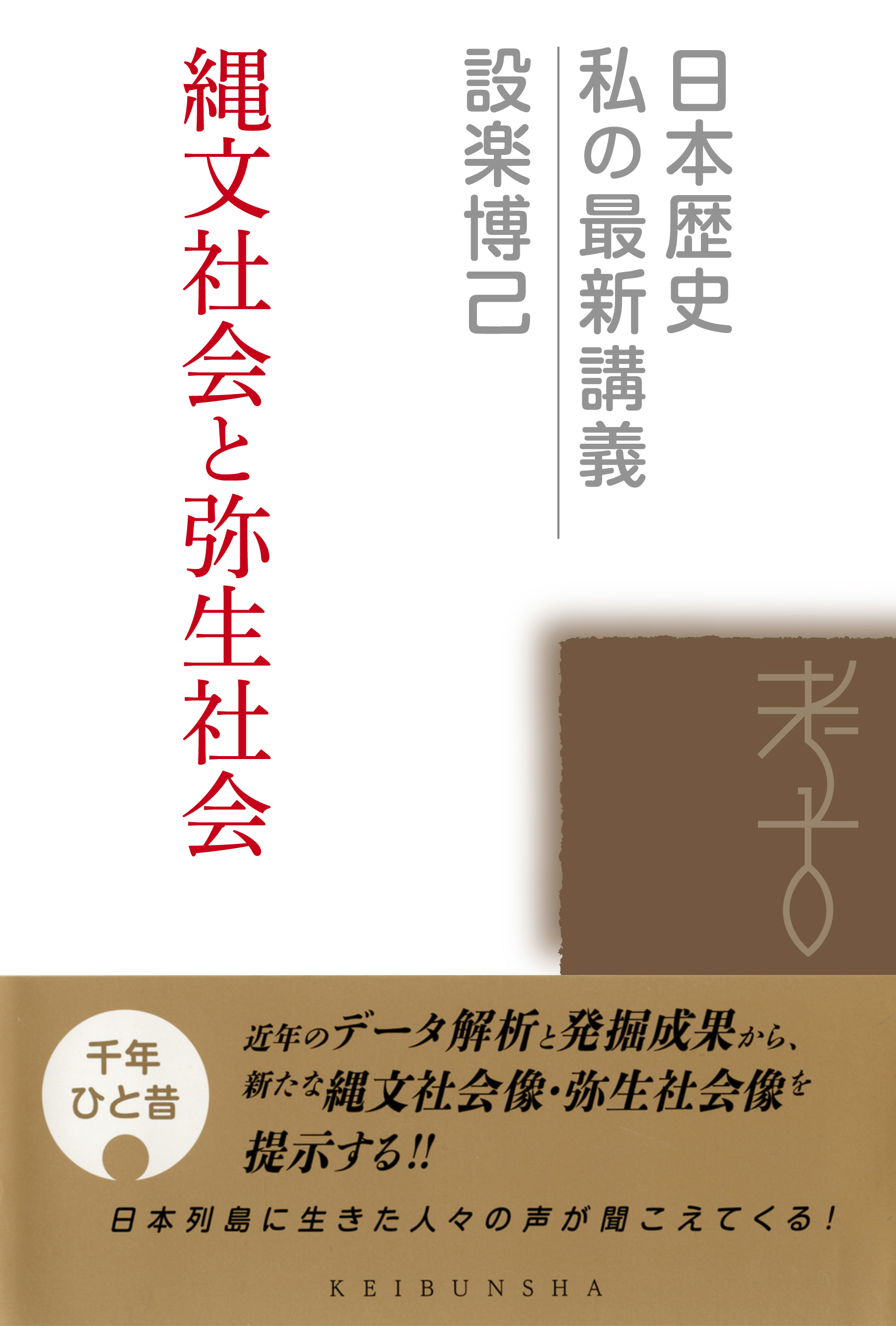
Title
The History of Japan: My Latest Lectures Jomon Shakai to Yayoi Shakai (Jomon Society and Yayoi Society)
Size
320 pages, 127x188mm, hardcover
Language
Japanese
Released
May 22, 2014
ISBN
978-4-906-82210-2
Published by
Keibunsha Inc.
Book Info
See Book Availability at Library
Japanese Page
The Yayoi period began some 3,000 years ago when grain cultivation—most notably wet-rice farming—was introduced to Japan from the Korean Peninsula. The obligations and rights of villages and local leaders concerning land and water increased, which caused differences in status to develop. Then, in the Kofun period, a society ruled by the Ōkimi (Great Kings) developed as areas were integrated, sometimes through war. The Yayoi period can be regarded as the historical precursor to this period.
Presented in this developing way, historically, the Jomon and Yayoi periods seem strikingly different. The Yayoi period is considered to have given rise to the various contradictions of modern society—globalization, urbanization, war, and widening disparities—and is regarded as an incredibly important period for Japanese history to which the Jomon period does not compare.
Indeed, it was a period of considerable upheaval. However, we cannot overlook the fact that Jomon culture also included a variety of revolutionary changes.
Recent developments in archeology and more diversified forms of analysis have taught us all kinds of things about this period of history. For example, through analyses in which impressions made by the seeds of plants used when making pottery are molded using silicon and observed microscopically and the types of plants are identified in collaboration with botanists, we have learned that Jomon peoples cultivated large quantities of soybeans. On the other hand, some of the information presented in textbooks has not yet been confirmed, including the claim that rice was cultivated from the early Jomon period. In other words, the people of the Jomon period avoided certain kinds of agriculture that demanded great effort, such as grain growing. The Jomon period, in which life revolved around hunting and gathering, lasted for more than 10,000 years. This sustainability may well stem from the style of living in which people lived in harmony with nature.
We have come to understand that equal societies developed while life still revolved around such natural hunter-gatherer economies. However, when we examine Jomon tomb furnishings and ornaments, we realize that differences among people clearly did exist. The task of uncovering that background is an incredibly interesting one.
In terms of Yayoi culture, it can be pointed that simply emphasizing the innovative developments that are still applicable to the present day is also problematic. For example, research has shown that Jomon pottery patterns were incorporated into the Yayoi pottery implements that were important for farming life and the bronze bells used for rituals to support farming. Farming was also not limited to the cultivation of rice, and in some areas, farmers specialized in growing millets while making use of the systems of Jomon society. Yayoi culture was not just about willingly accepting culture from the continent, and it is clear that various farming cultures developed in response to the conditions of each local area.
This book compares Jomon society and Yayoi society; however, it attempts to explain the background to the revolutionary changes in Jomon society and the ways in which traditional values functioned in the Yayoi period while distancing itself from conventional stereotyped discussions.
(Written by SHITARA Hiromi, Professor, Graduate School of Humanities and Sociology / 2017)



 Find a book
Find a book


